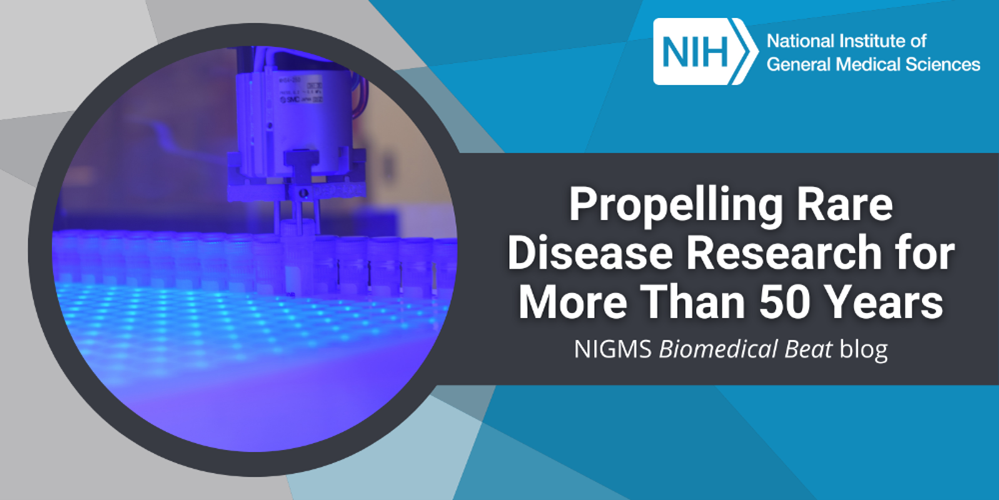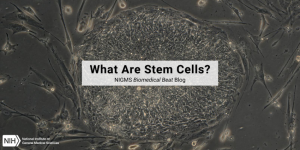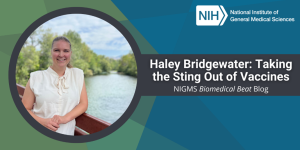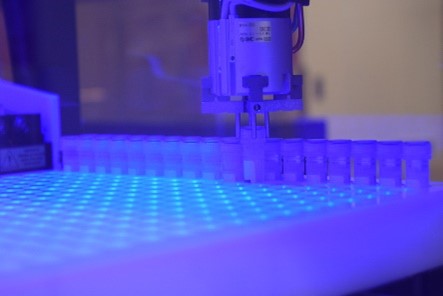
The year 2022 marked 50 years since the creation of the NIGMS Human Genetic Cell Repository (HGCR) at the Coriell Institute for Medical Research in Camden, New Jersey. The NIGMS HGCR consists of cell lines and DNA samples with a focus on those from people with rare, heritable diseases. “Many rare diseases now have treatments because of the samples in the NIGMS HGCR,” says Nahid Turan, Ph.D., Coriell’s chief biobanking officer and co-principal investigator of the NIGMS HGCR. She gives the example of a rare disease advocacy group who worked with the NIGMS HGCR to establish a cell line several decades ago. It was used to identify a gene associated with the disease, which aided in the development of five treatments that have received approval from the Food and Drug Administration.
Researchers have also studied NIGMS HGCR’s samples to help advance knowledge of basic biology and genetics, and even to support the development of a vaccine for a deadly virus.
The NIGMS HGCR was first presented to the scientific community in 1973 as a paper catalog with only a few genetic disorders and chromosomal abnormalities included in its small number of cell lines. Now, the collection boasts many thousands of cell lines and DNA samples that represent inherited genetic disorders, healthy controls, human amniotic fluid cultures, chromosomal abnormalities, geographically diverse populations, and much more—all available to order online. In fact, the collection includes samples representing more than a thousand different rare genetic diseases, some of which are the only samples in the world available to scientists studying them.
“We are a bridge between the patient advocacy communities and the researchers who are studying the diseases that affect these communities,” says Matthew W. Mitchell, Ph.D., co-principal investigator of the NIGMS HGCR.
Working Together to Support Research
One example of the NIGMS HGCR’s involvement and research support is its work with an advocacy group for people with the rare disease homocystinuria (HCU) called HCU Network America. There are multiple forms of HCU, but they all prevent people from normally processing certain building blocks of proteins. Symptoms of the most common form of HCU include vision and eye problems, an increased risk of abnormal blood clotting, and brittle bones that are prone to fracture. Currently, there’s no cure for HCU, and the typical treatment is severely limiting protein intake, which can have negative effects on health.
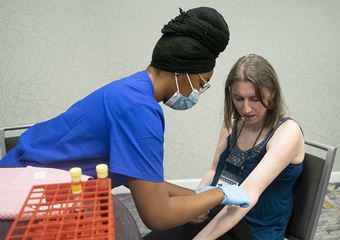
Several years after its founding in 2016, a company reached out to HCU Network America and asked if they had cell lines that could support the development of a new therapy for HCU. Unfortunately, they didn’t. Then, in early 2021, HCU Network America learned about the NIGMS HGCR, and Danaé Bartke, the network’s executive director, reached out to Coriell. They began working together to understand which types of HCU were already represented in the NIGMS HGCR and what additions were needed.
In June 2022, at HCU Network America’s third annual family conference, Dr. Mitchell gave a presentation explaining how donating samples for cell lines empowers biomedical research. The Coriell team also set up a station to draw blood samples from people who were interested in donating. More than 20 conference attendees donated samples, including members of 3 families with a very rare form of HCU that wasn’t previously represented in the NIGMS HGCR.
“An emerging biotech company reached out to us about samples recently, and unlike our earlier conversation with the other company, we were able to say, ‘We have samples; contact Coriell.’ The biotech people were so excited,” says Bartke. “These opportunities presented by Coriell and the NIGMS HGCR open up another door for propelling new therapies forward and better understanding HCU.”
Beyond Rare Diseases
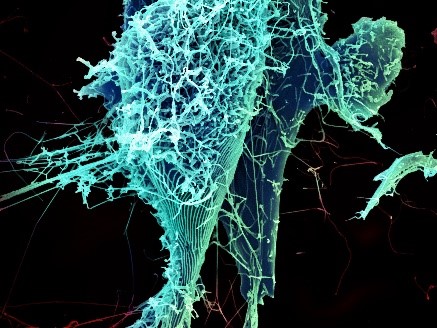
A biological sample donation from someone with a rare disease provides the opportunity for researchers not only to study the specific disease but also to learn more about biology, genetics, and health in general. One example of an unexpected discovery is the development of a vaccine against the Ebola virus. Researchers studying samples in the NIGMS HGCR from people with a type of Niemann-Pick disease (NPD), a rare and fatal neurological disorder, determined that a protein affected by NPD type C1 is essential for the Ebola virus to enter cells. Researchers used that new understanding to develop an effective vaccine.
Maintaining a scientifically useful and relevant repository for more than 50 years has required foresight and adaptability in a world of ever-changing science and technology. This has meant continuing to grow the NIGMS HGCR by adding samples and product types, which can help address a broader range of rare diseases and better represent human ethnic diversity.
While the NIGMS HGCR started as a home for just cell lines, it now includes much more than that—even induced pluripotent stem cells (iPSCs) and high molecular weight DNA. iPSCs are powerful cell lines that allow scientists to grow nearly any type of cell in a dish and accelerate research in many areas. High molecular weight DNA allows scientists to better characterize structural variation in regions of the genome that may be more challenging to study with other approaches.
“The mission of the NIGMS HGCR is to enable as much impactful research as possible and get as many important samples into the hands of as many well-qualified researchers as possible,” says Dr. Mitchell.
The NIGMS HGCR is supported by cooperative agreement U42GM115336. Check out the recording of the repository’s 50th anniversary celebration.


